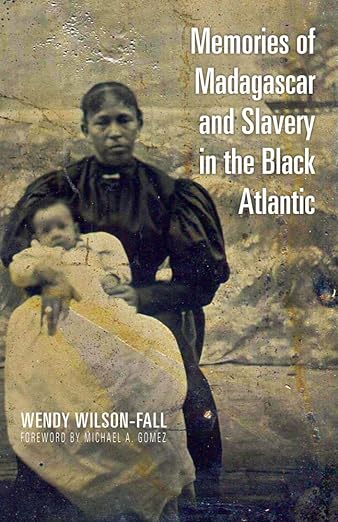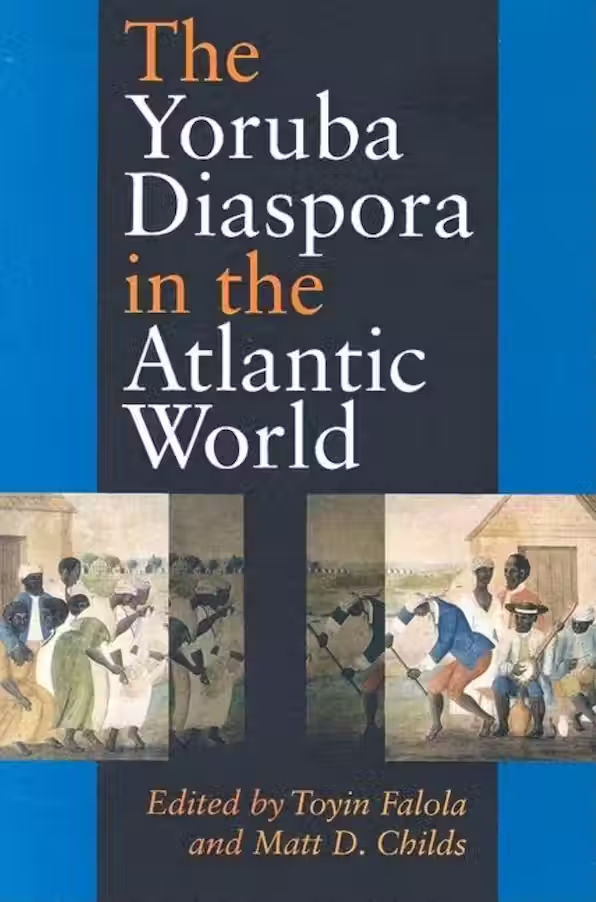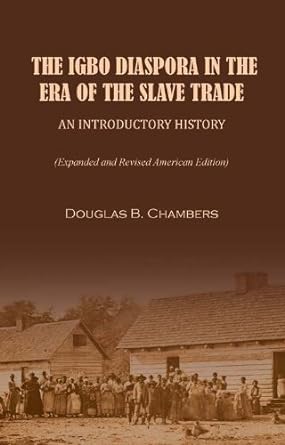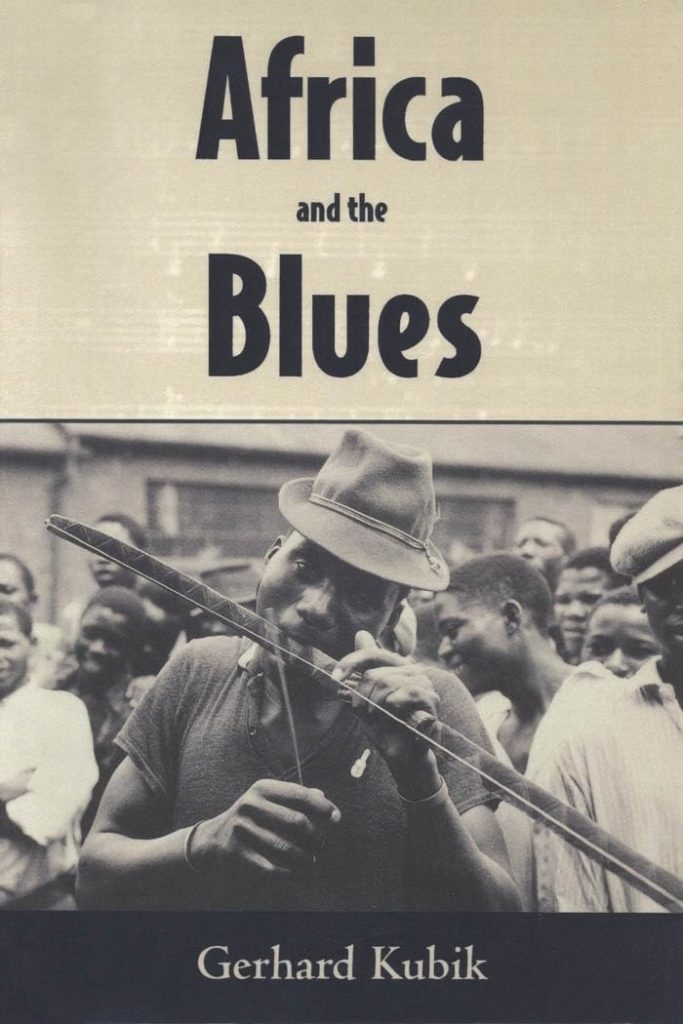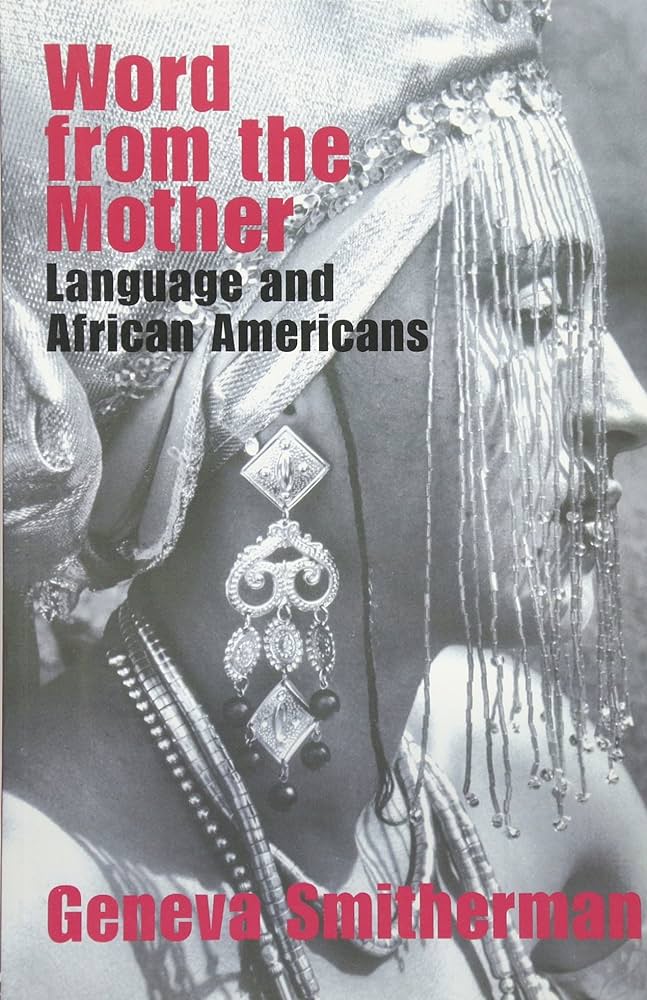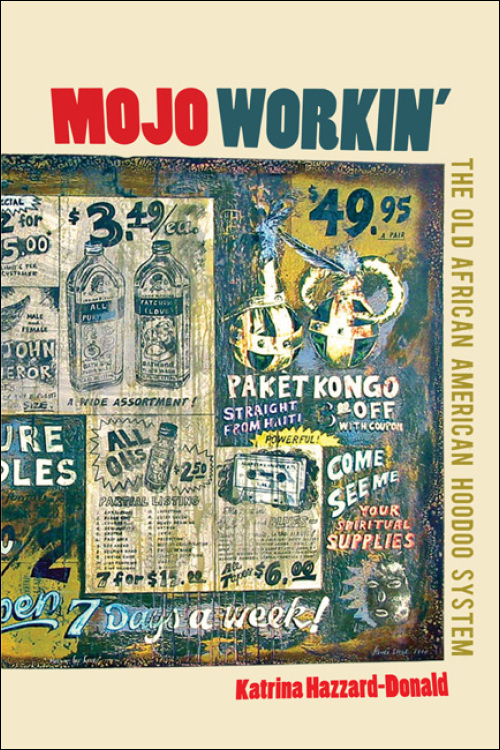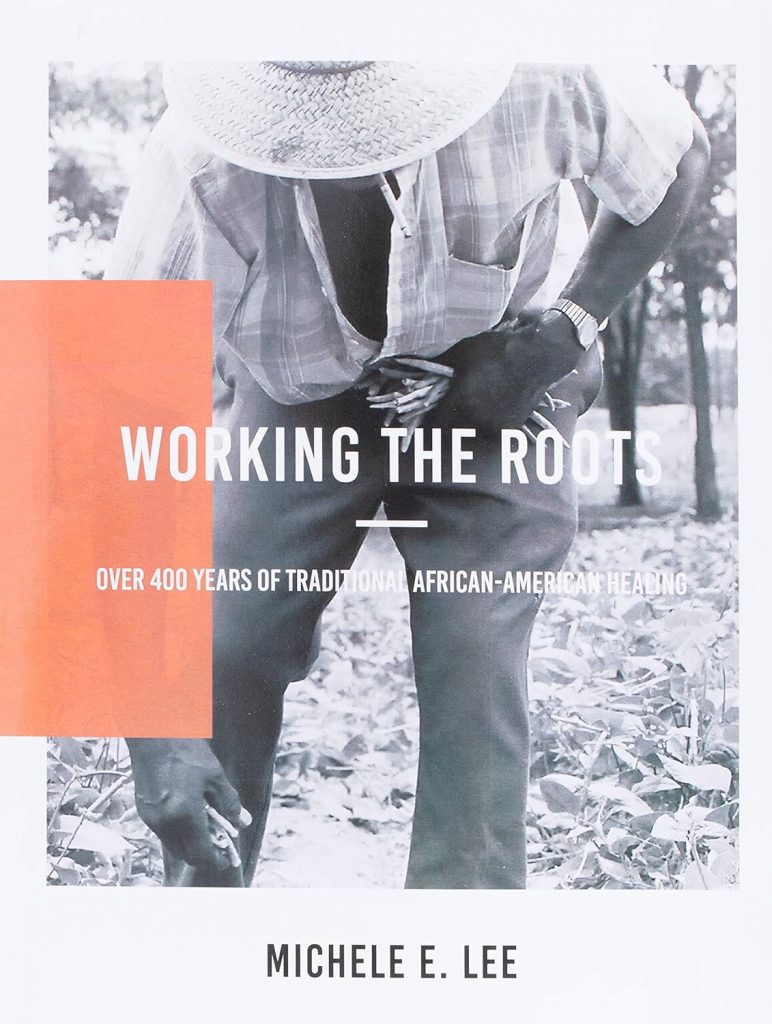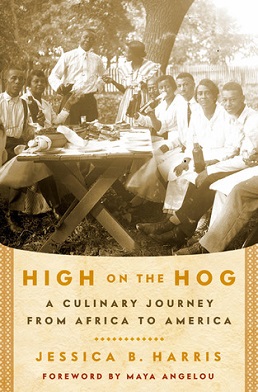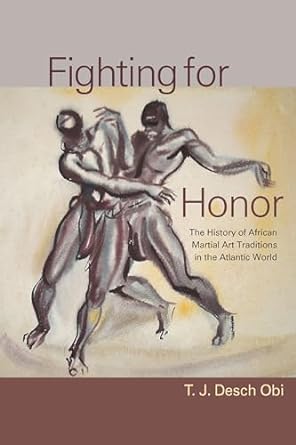I recently watched an interesting video on YouTube titled, “Why flat earthers scare me,” which offered an analysis of the recent history and pervasiveness of this perspective. I agree with many points raised in this video. There are two points that are made that were valuable to me. First, the commentator cites a study that states that people who believe that the Earth is flat have a lower than average level of scientific literacy, but a higher than average degree in confidence in the veracity of their beliefs. Second, she notes that at some point in the mid-20th Century, science, reached a level of complexity beyond the comprehension of the average person—which poses important challenges in terms of scientific literacy more broadly.
This is all very consistent with my experience with individuals who claim that the transatlantic slave trade never happened. I have observed and interacted with individuals who seemed to know very little about history, cultural anthropology, or biology, whose ignorance limited both what they knew, but also what they were capable of understanding. These same individuals were also quite dogmatic in their views, insisting that those who knew far more than them were in fact ignorant of the truth.
Additionally, I see the basis of this ignorance as primarily social—that is, that it is a product of pervasive and intergenerational anti-African propaganda in the US, coupled with the suppression of information regarding African and African Diaspora history and culture in schooling system.
Further, I think that this kind of ignorance is not only foolish, but that it has significant negative political implications for our community. Their view (that we are, in fact, native to the Americas) consigns historians, linguists, cultural anthropologists, archaeologists, and certainly geneticists to being a part of some vast conspiracy against an implausible belief. Further, they must ignore the preponderance of African cultural retentions in the Americas, accounts by African Diasporans in the 18th and 19th Centuries, as well as actual slave narratives to sustain such flawed premises. Lastly, our historical, cultural, and political connections to the rest of the African world have been and are a vital tool in our struggle for freedom. Such denialism undermines these connections and the potential that they possess.
Finally, these denialists demonstrate a political myopia—that is, not only is their idea historically and scientifically fallacious, it is also politically impotent. They have exchanged our actual ancestral legacy for one whose veracity is non-existent and whose legitimacy will always be contested. They reflect the Yoruba proverb that states, “Ibi tí a ti ńpìtàn ká tó jogún, ká mọ̀ pé ogún ibẹ̀ ò kanni,” which translates as “Where one must recite genealogies in order to establish one’s claim to inheritance, one should know that one really has no claim to patrimony there.” This means that legitimate claims seldom require such elaborate performance. They do not require the suppression of evidence or its fabrication. They stand on their own merits.



